86 F. high in the Twin Cities Thursday.
73 F. maximum dew point in the metro area yesterday.
76 F. average high on September 4.
88 F. high on September 4, 2013.
September 4 in Minnesota Weather History. Source: MPX National Weather Service:
1982: 77 mph winds were reported in Anoka County.

All or Nothing
The haves have more, the have-nots have less!
A socialist screed?
No, I'm talking about moisture. Dry areas are getting drier, wet regions are getting even wetter, with rain falling harder & faster. Yesterday over 4 inches of rain soaked Onamia, Minnesota; nearly 5 inches in Price, Wisconsin. Typical for June, but early September? The simple fact: there's more water vapor floating overhead, priming the pump for more intense summer rains, which are now spilling over into meteorological autumn.
While we navigate lush greenery and jungle-like humidity California is beyond parched.In today's blog below: a link to a USA Today article claiming that more of the west has been in persistent drought for the last 15 years than any time since the 1150s and 1160s - about 850 years ago. Crazy extremes.
Canadian exhaust whips up behind yesterday's thundery front, dropping temperatures into the 60s today. Football weather. Winds ease over the weekend under a flawless-blue sky with highs poking into the mid-70s and half as much water in the air than we endured yesterday.
Soak up any lukewarm breezes, maybe take another dip in a favorite lake, because ECMWF (European) data hints at highs in the 50s late next week. Oh boy.
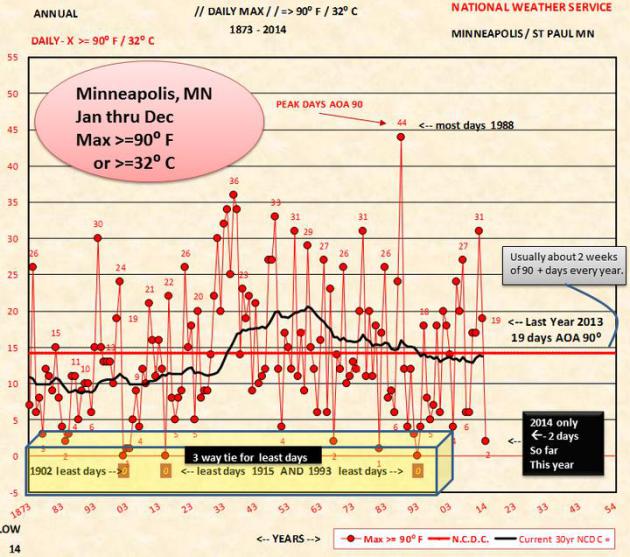
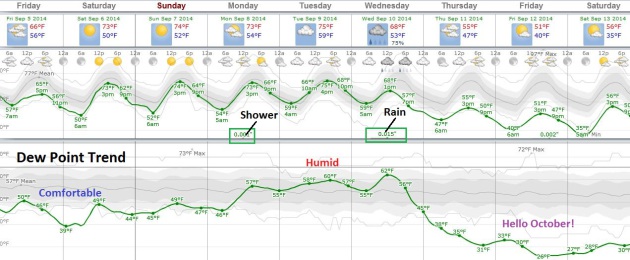
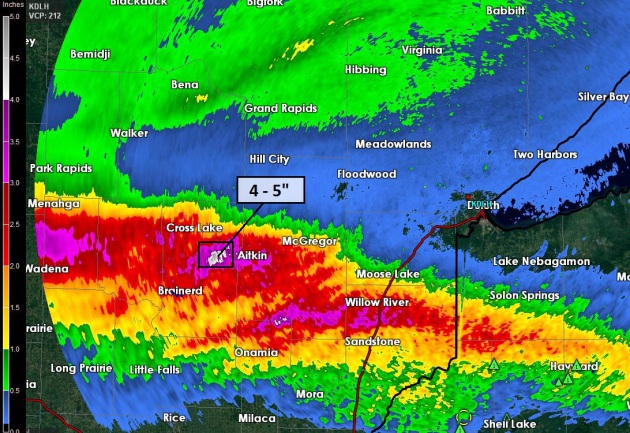
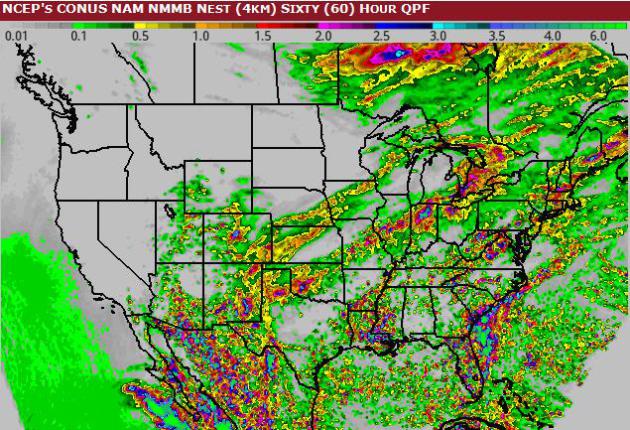
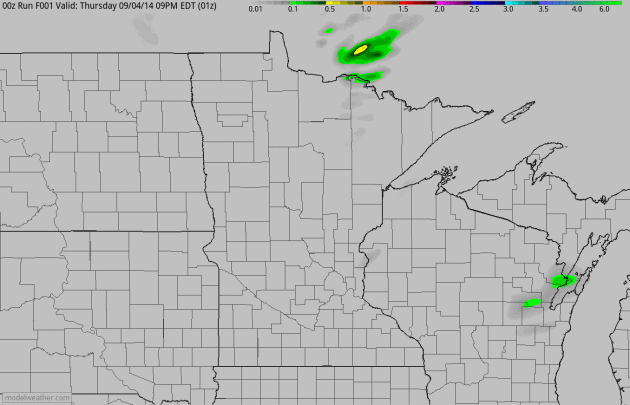

- August precipitation totals were highly variable across Minnesota. Rainfall totals were below historical averages in far northern Minnesota and some central Minnesota counties. Conversely, monthly rainfall totals were well above average in portions of west central, north central Minnesota, and some southeastern Minnesota locations.
- Average monthly temperatures for August in Minnesota were very near historical averages. As was the case throughout the summer, 90-degree temperatures were infrequent during the month of August.
- In spite of the dry July and early August, seasonal precipitation totals since April 1 remain above historical averages nearly everywhere in Minnesota. For large portions of the state, season-to-date precipitation totals rank above the 95th percentile when compared with the historical database for the April-through-August time period.

Hail Lashes Orchard, Central Minnesota Crops.
Wednesday's severe storms were especially severe across central
Minnesota, accompanied by flash flooding and 1-2"+ diameter hail.
Typical for June, but early September. A bit odd. Here's an excerpt and
video from The Star Tribune: "A
10-minute hailstorm Wednesday lashed hundreds of acres of farmland in
central Minnesota, pummeling apple trees and decimating crops including
zucchini and pumpkins destined for the Twin Cities. “It was a nasty
hailstorm, one that I’ve never seen in my lifetime and hopefully won’t
have to see again,” said Paul Nelson, who works on his father-in-law’s
farm — Untiedt’s Vegetable Farm, north of Waverly. “It’s your baby.
You’re just about ready to see the fruits of your labor, and then
they’re gone...”
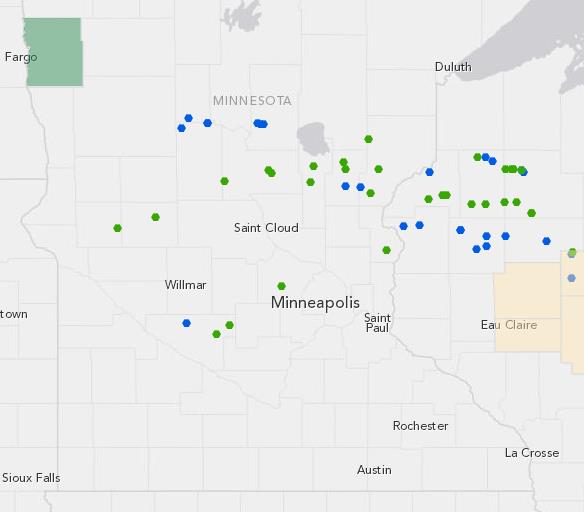
Interactive Storm Reports. The Star Tribune has a handy online tool that allows you to see all severe reports, for Minnesota or the nation, for the last 24 hours.
* Wind damage brings back memories of 2010 Wadena tornado. Details at Valley News Live, which also reports on a possible tornado in Rothsay, Minnesota.
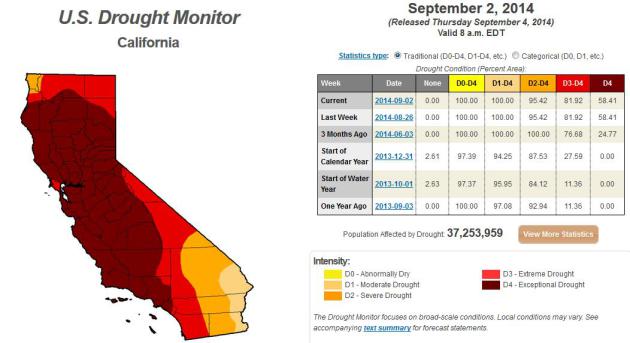
In The Parching West, It's Beginning To Feel Like 1159. Here's a clip from an Andrew Revkin story at The New York Time's Dot Earth: "Doyle Rice has an invaluable piece in USA Today
placing California’s persistent and exceptional* drought in the broader
context of a very dry West — and the even broader context of the last
1,000 years or so. Here’s the core point in Rice’s story: The dryness in
California is only part of a longer-term, 15-year drought across most
of the Western USA, one that bioclimatologist Park Williams said is
notable because “more area in the West has persistently been in drought
during the past 15 years than in any other 15-year period since the
1150s and 1160s” — that’s more than 850 years ago..."

Water Wars: Californians Stealing from Hydrants Amid Drought. It's come to this, and you haven't seen anything yet. Here's a clip from ABC News: "...Water
theft is a big concern, so we’re doing public announcements and have a
line to call for reports to the Sheriff’s Department,” Carre Brown, a
Mendocino County supervisor, told The Associated Press in February,
shortly after the county declared a drought emergency. “All deputies are
on the watch.” Brazen thieves swiped thousands of gallons of water last
month from a fire department in North San Juan, California, ABC
affiliate KXTV reported, by hooking their truck up to a valve..."


Outdoor Ad Makes People Think They're About to be Destroyed by a Tornado. Every day we get closer to the scary-personalized advertising showcased in "Minority Report". Here's an excerpt from Adweek: "You're
trudging down a busy sidewalk, minding your own business, when suddenly
the sky is torn apart by lightning, cars and lampposts are hurled
across the street by the wind, and a tornado starts heading your way. If
you're guessing it's only an ad—you're right. Augmented reality shop
Grand Visual created the stunt in Sydney, Australia, to promote a
tornado-themed disaster film called Into the Storm..."
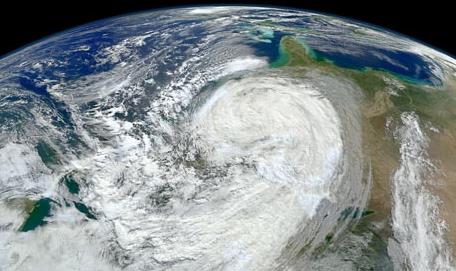

…researchers
at Emory did this study that showed that the kids who know more about
their family history had a greater belief that they could control their
world and a higher degree of self-confidence. It was the number one
predictor of a child's emotional well-being.

New Roku and TiVo Devices Make Cutting The Cable Cord Plausible. Here's a snippet of an interesting story at The New York Times: "...Get
out from under that ugly cable bill by watching movies and television
shows streamed over the Internet straight to your TV? Gladly. Deal with a
tangle of tricky technology and give up a few programs that are on the
personal must-watch list? No thanks. But I recently tested some
promising new devices — two Roku smart televisions and a specialized
TiVo made specifically for cord-cutters — that make life without cable
possible and even easy. After years of complex Internet-to-TV setups and
multiple streaming boxes, it seems the technology has finally caught up
with the dream..."

Apple Nears Introduction of Smartwatch and Bigger iPhones. Apple fanboys are starting to salivate; here's a clip from The New York Times: "...The
so-called smartwatch will be the first brand-new product unveiled under
Apple’s new chief, Timothy D. Cook, who took the helm after Mr. Jobs
died nearly three years ago. It is expected to come in two sizes and
combine functions like health and fitness monitoring with mobile
computing tasks like displaying maps, said people knowledgeable about
the product. It will have a unique, flexible screen and, like the new
phones, will support technology that allows people to pay for things
wirelessly..."

Mysterious Phony Cell Towers Could Be Intercepting Your Calls. Well here's more good news. I'm going back to writing letters, maybe crank the fax machine back up. Popular Science has the story; here's a clip that captured my full attention: "...Who
is running these interceptors and what are they doing with the calls?
Goldsmith says we can’t be sure, but he has his suspicions. “What we
find suspicious is that a lot of these interceptors are right on top of
U.S. military bases. So we begin to wonder – are some of them U.S.
government interceptors? Or are some of them Chinese interceptors?”
says Goldsmith. “Whose interceptor is it? Who are they, that's
listening to calls around military bases? Is it just the U.S. military,
or are they foreign governments doing it? The point is: we don't
really know whose they are...”
* Sufficiently paranoid? For a mere $3500 you can purchase an Android-compatible Cryptophone 500 that will eliminate unwanted eavesdropping.

An Off-Roading Mobile Home Monster. For the person who has everything (but common sense). Gizmag has the gasp-worthy details: "The
monstrous mobile home is based on Mercedes' standard Zetros platform
and takes advantage of permanent all-wheel drive with a two-stage
transfer case and three differential locks to provide rugged, go
anywhere capability. Mercedes isn't overstating the Zetros' off-road
ability: it will ford rivers up to 1.19 meters (3.9 feet) deep, climb
gradients of 80 percent and is capable of axle articulation of 2 x 500mm
(19.7 inches)..."

TODAY: Mix of clouds and sun. Dew point: 46. Winds: NW 10+ High: 68
FRIDAY NIGHT: Clearing and cool. Low: 50
SATURDAY: Sunny, beautiful. Dew point: 45. Winds: NW 8. High: 75
SUNDAY: Sunny, still postcard-worthy. Wake-up: 53. High: 77
MONDAY: More clouds, isolated shower possible south. Wake-up: 55. High: 75
TUESDAY: Some sun, clouds increase. Wake-up: 60. High: 76
WEDNESDAY: Showers, possible T-storms. Wake-up: 58. High: 69
THURSDAY: Mostly cloudy, risk of sweatshirts. Wake-up: 49. High: 59
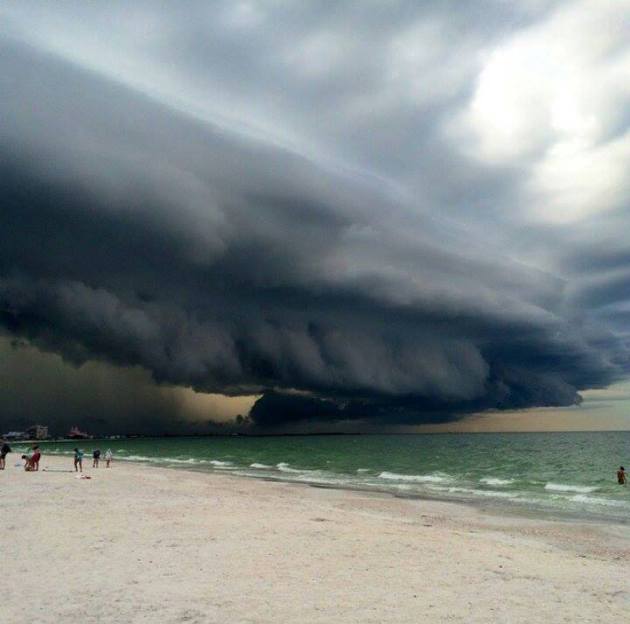
Climate Stories...
"There is a sufficiency in the world for man's need but not for man's greed". ~Mohandas K. Gandhi


Image credit above: "A new study finds overwhelming odds that humans have contributed to higher global temperatures – so how much are we willing to gamble that it’s wrong?" Kraevski Vitaly/Shutterstock

How Global Warming is Changing Wine.
A fine Scottish wine? At the rate we're going don't be surprised if
10-15 years from now great wines are being produced from Canada to
Norway. Here's an excerpt from Yahoo Food: "Ever
since a massive heat wave hit Europe’s vineyards in 2003, winegrowers
there have been racing to fend off the effects of global warming. Yet
even they were stunned by a report last year in the Proceedings of the National Academy of Sciences,
which predicted that by 2050— well within many of our lifetimes—most of
the great wine regions of Europe will have totally lost their charms.
Call it “Grapocalypse Now.” Is the future of wine really in jeopardy or
is this all a bunch of needless doomsday scrambling?..."
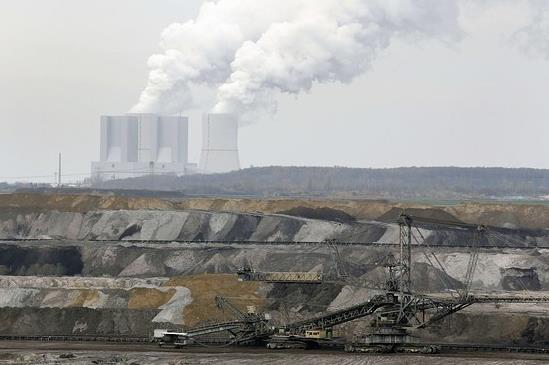
Photo credit above: Reuters/Michaela Rehle.

Photo credit: BrightSource.
No comments:
Post a Comment